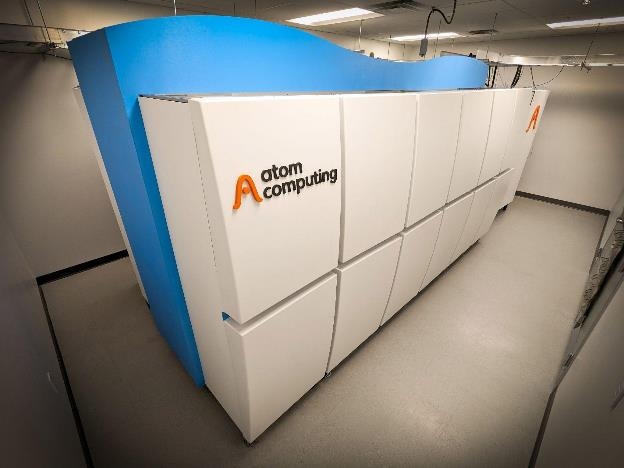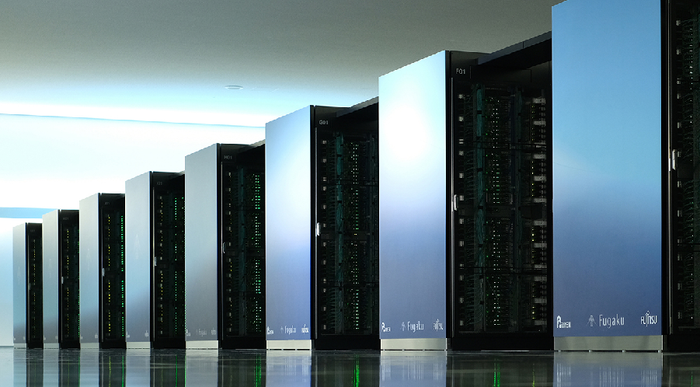
Connects decision-makers and solutions creators to what's next in quantum computing
Atom Computing Quantum Computer Breaks 1,000-Qubit Barrier
Scalable technology key to future fault-tolerant quantum computing

Quantum startup Atom Computing has created a 1,225-site atomic array in its next-generation quantum computing platform, making it the first quantum computer to exceed 1,000 qubits.
The array is currently populated with 1,180 qubits, a new record for a universal gate-based quantum computer, more than double that of IBM’s Osprey system, which has 433 qubits.
IBM plans to release its 1,122-qubit Condor system later this year, around the same time Atom plans to make its new platform available.
Different quantum technologies cannot be directly compared in terms of performance – IBM uses superconducting qubits and Atom uses neutral atom qubits trapped in an array using lasers.
However, more qubits mean that more can be dedicated towards error correction on the path towards fault-tolerant quantum computing, meaning the ability to scale is important.
According to Atom, its atomic-array technology makes it easy to add more qubits. They are also very stable, with a coherence time – the time before the quantum state collapses – of 40 seconds.
“This order-of-magnitude leap – from 100 to 1,000-plus qubits within a generation – shows our atomic array systems are quickly gaining ground on more mature qubit modalities,” said Atom Computing CEO Rob Hays.
“Scaling to large numbers of qubits is critical for fault-tolerant quantum computing, which is why it has been our focus from the beginning. We are working closely with partners to explore near-term applications that can take advantage of these larger-scale systems.”
Hays said Atom Computing continues to work toward these capabilities with its next-generation system, which provides new opportunities for its partners, which include enterprise, academic and government users.
“We welcome innovations like the neutral atom approach to building quantum computers as from Atom Computing. In the end, we want quantum algorithms to make an economic difference and open up new opportunities, and for that goal scalable hardware, high fidelity, and long coherence times are very promising ingredients,” said Guenter Klas, Vodafone’s Quantum Research Cluster leader.
About the Author(s)
You May Also Like
.png?width=100&auto=webp&quality=80&disable=upscale)
.png?width=400&auto=webp&quality=80&disable=upscale)




